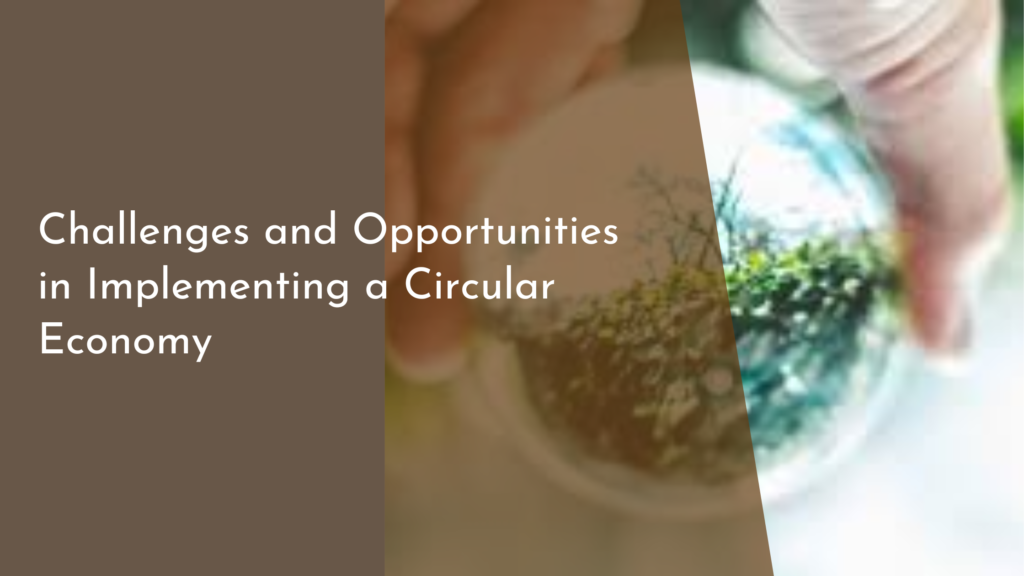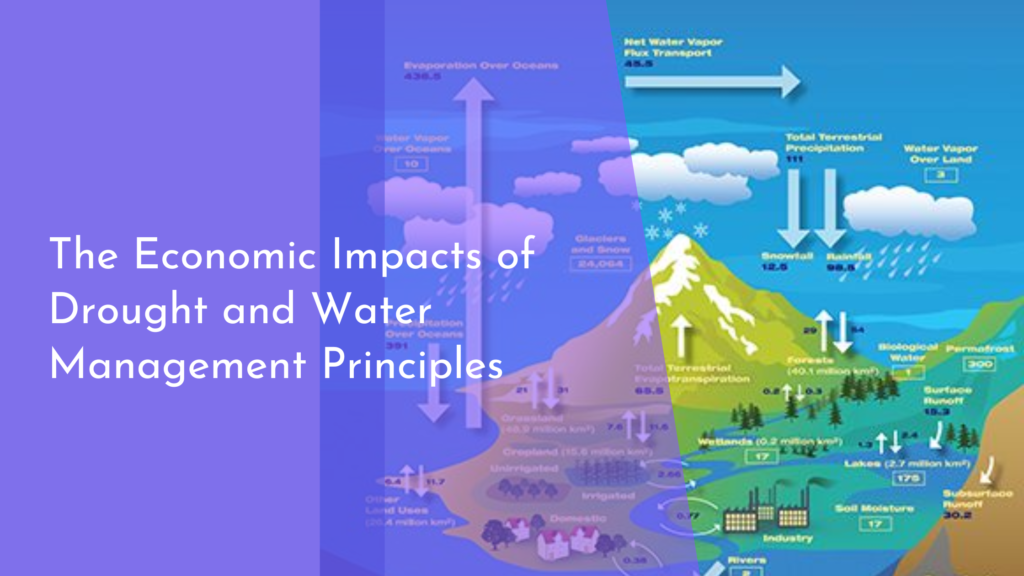The Role of Design in Creating Sustainable Packaging
In an era where environmental consciousness is at the forefront of consumer and corporate priorities, sustainable packaging emerges as a vital area of innovation. As companies strive to reduce their carbon footprints, the role of design becomes instrumental in creating packaging solutions that are not only eco-friendly but also functional and visually appealing. This article delves into the fundamental aspects of sustainable packaging design, explores key principles, examines groundbreaking innovations, and reflects on the broader impact of design on sustainability efforts.
Understanding Sustainable Packaging Basics
Sustainable packaging is packaging that is purposely designed to reduce environmental impact and ecological footprint. It takes into account the entire lifecycle of the packaging, from sourcing raw materials to end-of-life disposal. This often means using renewable or recycled materials, minimizing packaging components, and ensuring that the packaging is biodegradable or recyclable. Understanding these basics is crucial for designers aiming to create packaging that aligns with sustainability goals.
One of the essential aspects of sustainable packaging is its ability to maintain product integrity while minimizing waste. This involves a careful balance between using enough material to protect the product and reducing excess to avoid wastage. Designers must consider factors such as material strength, barrier properties, and the potential impact on the supply chain. This ensures that the packaging doesn’t compromise the product’s quality while still being environmentally responsible.
Key Design Principles for Eco-Friendly Packaging
The first key principle in designing eco-friendly packaging is material selection. Designers should opt for materials that are either biodegradable, fully recyclable, or sourced sustainably. This includes using plant-based plastics, recycled paper, or innovative materials like mushroom mycelium. Material choice significantly impacts the end-of-life process and can dramatically reduce environmental impacts if selected wisely.
Another important principle is the design for minimalism. This means creating packaging that uses the least amount of material necessary. By employing techniques like lightweighting and optimizing shapes to maximize space efficiency, designers can significantly reduce the raw material burden and energy consumption used in transportation. Minimalist design also often results in lower costs and a cleaner, more modern aesthetic that appeals to conscious consumers.
Innovations Driving Sustainable Packaging Design
In recent years, numerous innovations have propelled sustainable packaging design forward. Bioplastics derived from natural sources such as corn starch and sugarcane have gained popularity as they offer the durability of traditional plastics with a much lower environmental cost. Advances in molecular engineering have also led to the development of materials that break down more quickly and safely in natural environments, reducing landfill impact.
Another exciting innovation is the use of smart packaging technologies that extend product shelf life and reduce spoilage. For instance, sensors integrated into packaging can monitor product conditions and alert consumers to optimal usage times. These technologies not only enhance user experience and product safety but also contribute to waste reduction by ensuring products are consumed rather than discarded prematurely.
Concluding Thoughts on Design’s Impact on Sustainability
Design plays a critical role in the journey towards sustainability, particularly within the realm of packaging. By integrating thoughtful design principles and leveraging technological advancements, designers can significantly influence a product’s environmental footprint. As consumer awareness and demand for sustainable solutions continue to grow, the responsibility falls on designers to innovate and set new standards for eco-friendly packaging.
The future of packaging design is promising, with endless opportunities to make impactful changes. By embracing sustainability as a core tenet of their design philosophy, creators can inspire industry-wide shifts towards greener practices. In this transformative process, design not only meets consumer and environmental needs but also becomes a driving force for positive change in global sustainability efforts.
As we navigate the complexities of environmental challenges, the role of design in creating sustainable packaging is more pivotal than ever. By committing to eco-friendly principles and embracing innovative technologies, designers have the power to reshape the packaging landscape. This transformation not only fosters a healthier planet but also aligns with the growing consumer demand for sustainability. Ultimately, design’s impact on sustainability extends beyond aesthetics and functionality, becoming a critical catalyst for meaningful environmental progress.



